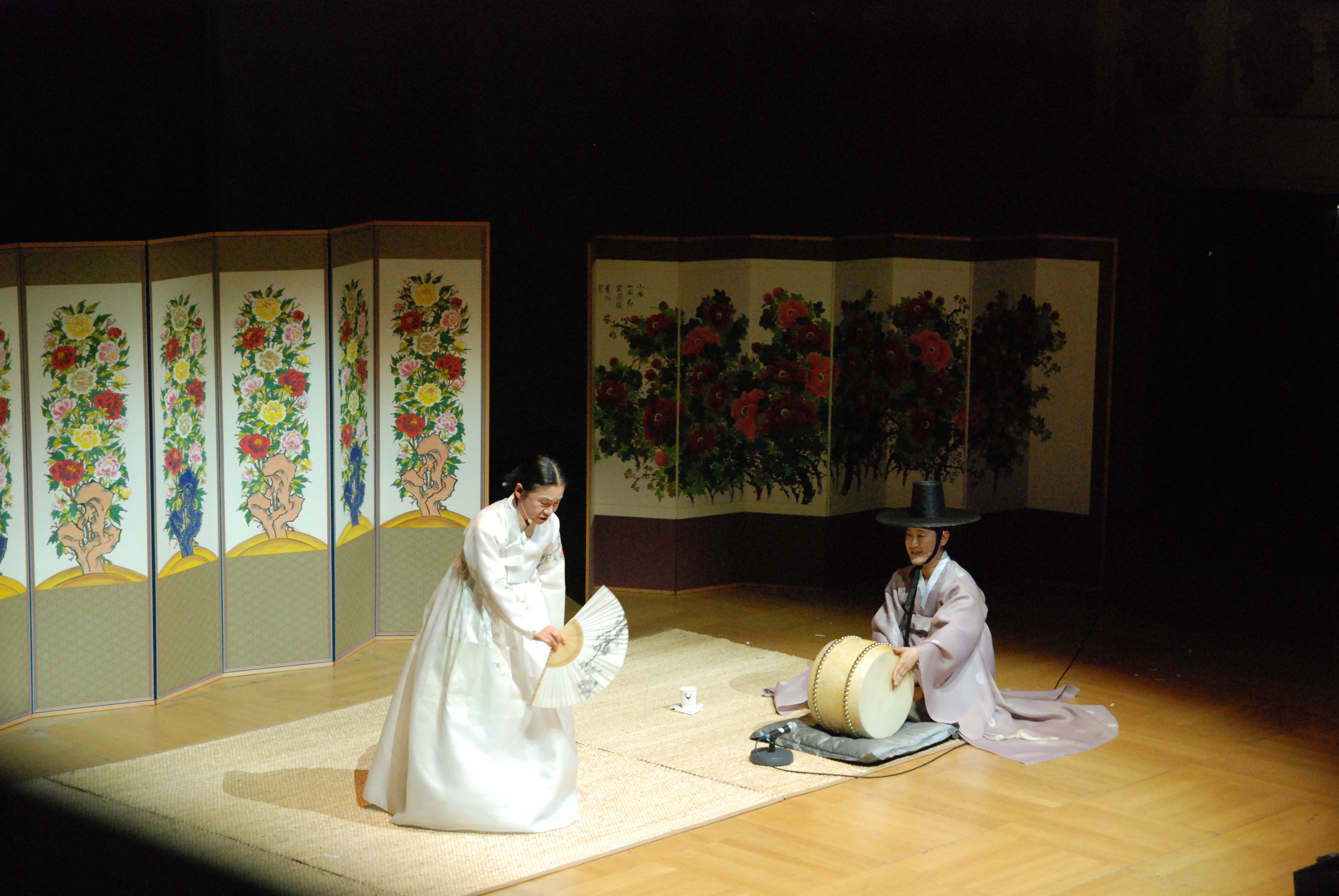After watching the Korean drama Jongneon, I became captivated by the art of pansori and its powerful storytelling. The drama's portrayal of traditional Korean culture and music sparked my curiosity, leading me to delve deeper into pansori's origins, techniques, and cultural significance. Through this research, I discovered pansori's profound role in Korean history, its emotional depth, and its unique way of connecting performers and audiences alike.
Pansori: The Heartbeat of Korean Storytelling
Pansori, a form of traditional Korean music and storytelling, is a unique art form that combines singing, narration, and drama to create an emotionally stirring performance. This genre originated during the Joseon Dynasty (1392–1897) and was initially performed in open spaces such as marketplaces, where singers captivated the public with tales of love, hardship, humor, and justice. Pansori is now recognized as an Intangible Cultural Heritage by UNESCO, cementing its importance as a timeless Korean cultural treasure.
At the core of pansori is the gwangdae, or vocalist, and the gosu, a drummer who supports the singer with rhythmic beats on a buk (drum). The vocalist’s storytelling prowess is central to the performance, requiring both technical skill and deep emotional expression. Through a combination of singing (sori), spoken word (aniri), and gestures, the vocalist leads the audience through the narrative, often adapting the tale based on the mood and reactions of the crowd. The gosu not only maintains the beat but also encourages the vocalist through verbal exclamations known as chuimsae, creating a dynamic and interactive atmosphere.
Pansori repertoire, known as madang, traditionally includes five epic tales: Heungbu-ga, Simcheong-ga, Chunhyang-ga, Sugung-ga, and Jeokbyeok-ga. Each story explores universal themes such as loyalty, love, and social justice, often through the lens of Korean folklore and historical events. Chunhyang-ga, for example, recounts the tale of a faithful young woman named Chunhyang, who faces trials and tribulations in her commitment to her lover. This tale, celebrated for its exploration of resilience and loyalty, has become one of the most beloved narratives in pansori, resonating deeply with audiences across generations.
The vocal style of pansori is particularly unique, requiring years of rigorous training to master. Known for its intense emotional delivery, pansori singers undergo a process called han, cultivating a deep emotional resonance that allows them to portray feelings of sorrow, hope, and resilience. This unique voice quality is often achieved through a technique called sori, which relies on sustained breathing and vocal stamina. It is not uncommon for singers to train for years, enduring grueling vocal exercises to perfect their technique and capture the powerful essence of each story.
Pansori’s influence extends beyond traditional performances. Today, it has found new life in modern media, including film and television. Dramas like Jongneon often incorporate elements of pansori to emphasize the characters' struggles and triumphs, linking contemporary Korean society with its historical and cultural roots. By integrating pansori into modern narratives, these productions offer audiences a glimpse into Korea’s cultural heritage, illustrating how traditional art forms remain relevant in expressing contemporary themes and emotions.

In conclusion, pansori is more than just an art form; it is a reflection of Korea’s spirit and resilience. Its enduring appeal lies in its ability to connect people through the shared experience of storytelling, inviting audiences to immerse themselves in the beauty and complexity of Korean culture. Through both traditional performances and modern adaptations, pansori continues to resonate with audiences, ensuring its legacy as one of Korea’s most cherished cultural treasures.
How about this article?
- Like6
- Support2
- Amazing0
- Sad0
- Curious0
- Insightful1



